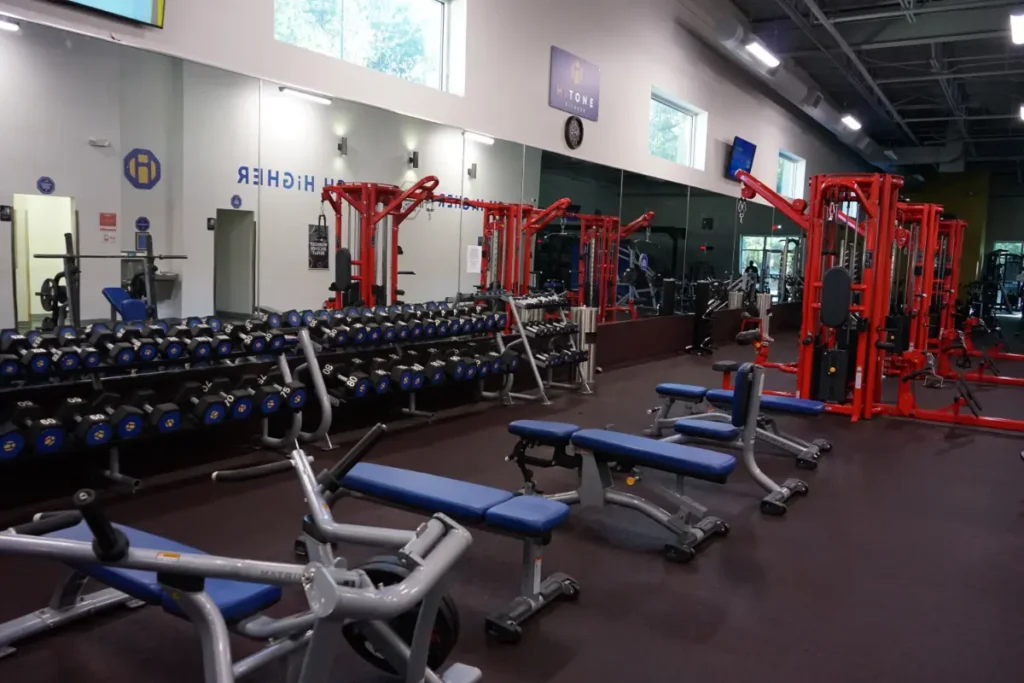Yoga isn’t just about zen vibes and mindful breathing; it’s also a powerful tool for enhancing flexibility. If you’ve ever wondered if yoga can help you stretch out those tight muscles, you’re in the right place. Let’s dive into how yoga works its magic on your flexibility.
Importance of flexibility in fitness
Flexibility enhances the range of motion, reduces the risk of injuries, and improves performance in various physical activities. Think about it: when your muscles are loose and pliable, you can move more freely and efficiently. Whether you’re sprinting, lifting weights, or simply going about your daily activities, flexibility plays a key role in preventing strains and sprains.
Moreover, good flexibility contributes to better posture and alignment. When your muscles are tight, they can pull your body out of alignment, leading to discomfort and potentially chronic pain. Stretching regularly helps keep your muscles balanced, ensuring that your body maintains proper posture and alignment. Here are other ways yoga helps you improve your posture.
How yoga enhances flexibility
Yoga stretches are dynamic, meaning they involve movement that encourages muscles to lengthen and relax. Unlike static stretching, where you hold a position for an extended period, yoga flows from one pose to another, gently coaxing your muscles to stretch and adapt. This dynamic approach helps to increase flexibility more effectively and sustainably.
Stretching mechanisms in yoga
Yoga poses, or asanas, are designed to target different muscle groups, gradually increasing their length and elasticity. For example, in a typical yoga class, you might flow through poses that stretch your hamstrings, back, shoulders, and hips. The combination of deep breathing and mindful movement in yoga helps to relax the muscles, allowing them to stretch more deeply and safely.
Key poses for flexibility
Here are some superstar yoga poses that target flexibility:
Forward Fold (Uttanasana)
This pose stretches your hamstrings, calves, and hips. It also helps to calm the mind and relieve stress.
Downward Facing Dog (Adho Mukha Svanasana)
A full-body stretch, Downward Dog targets your shoulders, hamstrings, calves, arches, and hands. It’s a great pose for overall flexibility.
Cobra Pose (Bhujangasana)
Cobra Pose opens up the chest and shoulders while strengthening the spine. It’s perfect for counteracting the effects of sitting hunched over a computer all day.
Pigeon Pose (Eka Pada Rajakapotasana)
This deep hip opener targets the hip flexors and rotators. It’s intense but incredibly effective for increasing flexibility in the hips.
If you want to try yoga classes in Irmo, now is the best time since at HiTone Fitness you can get a 3-day free pass that will allow you to start your journey without any costs.
Comparing Yoga with Other Stretching Methods
When it comes to stretching, yoga stands out for its holistic approach. But how does it compare to other stretching methods?
Static stretching vs. yoga
Static stretching involves holding a stretch for a prolonged period. While effective, it doesn’t offer the same holistic benefits as yoga, which combines stretching with strength, balance, and mindfulness. In yoga, you’re not just passively holding a stretch; you’re actively engaging your muscles and mind, which leads to more balanced and functional flexibility.
Dynamic stretching vs. yoga
Dynamic stretching involves active movements that take your joints and muscles through their full range of motion. Yoga, with its flowing sequences, incorporates dynamic stretches but also includes breath control and mental focus, making it a more comprehensive practice. While dynamic stretching is great for warming up before a workout, yoga provides a more well-rounded approach that benefits both the body and mind.
Final thoughts
Yoga offers a multifaceted approach to stretching. It not only increases flexibility but also builds strength, improves balance, and promotes mental well-being, making it a superior choice for overall fitness and health.







